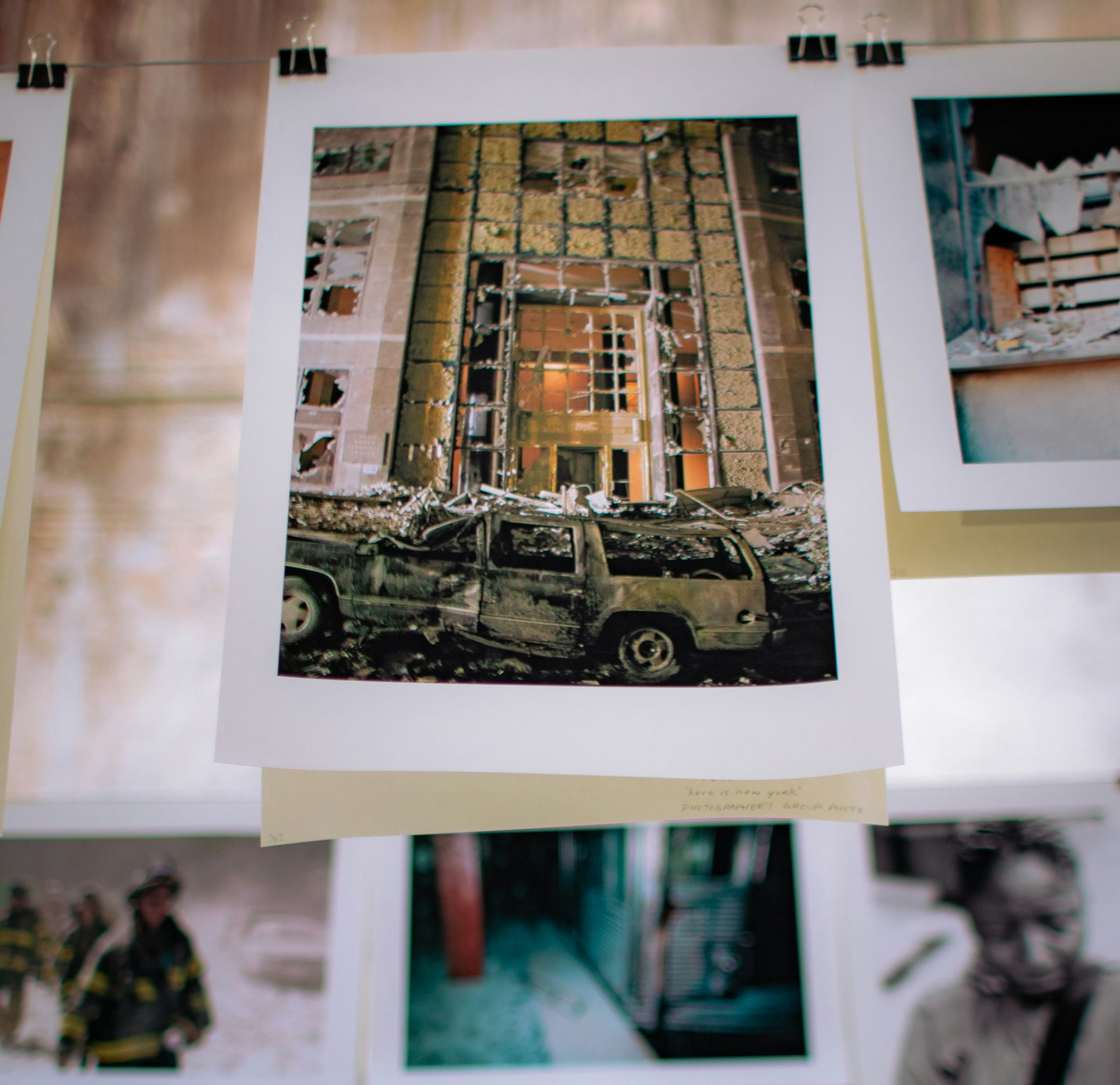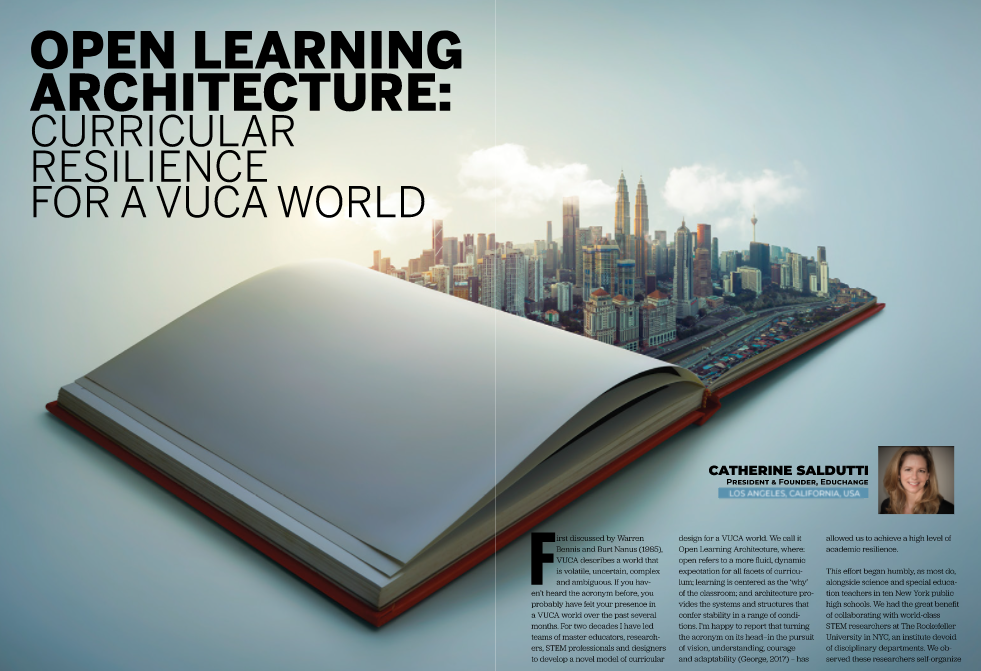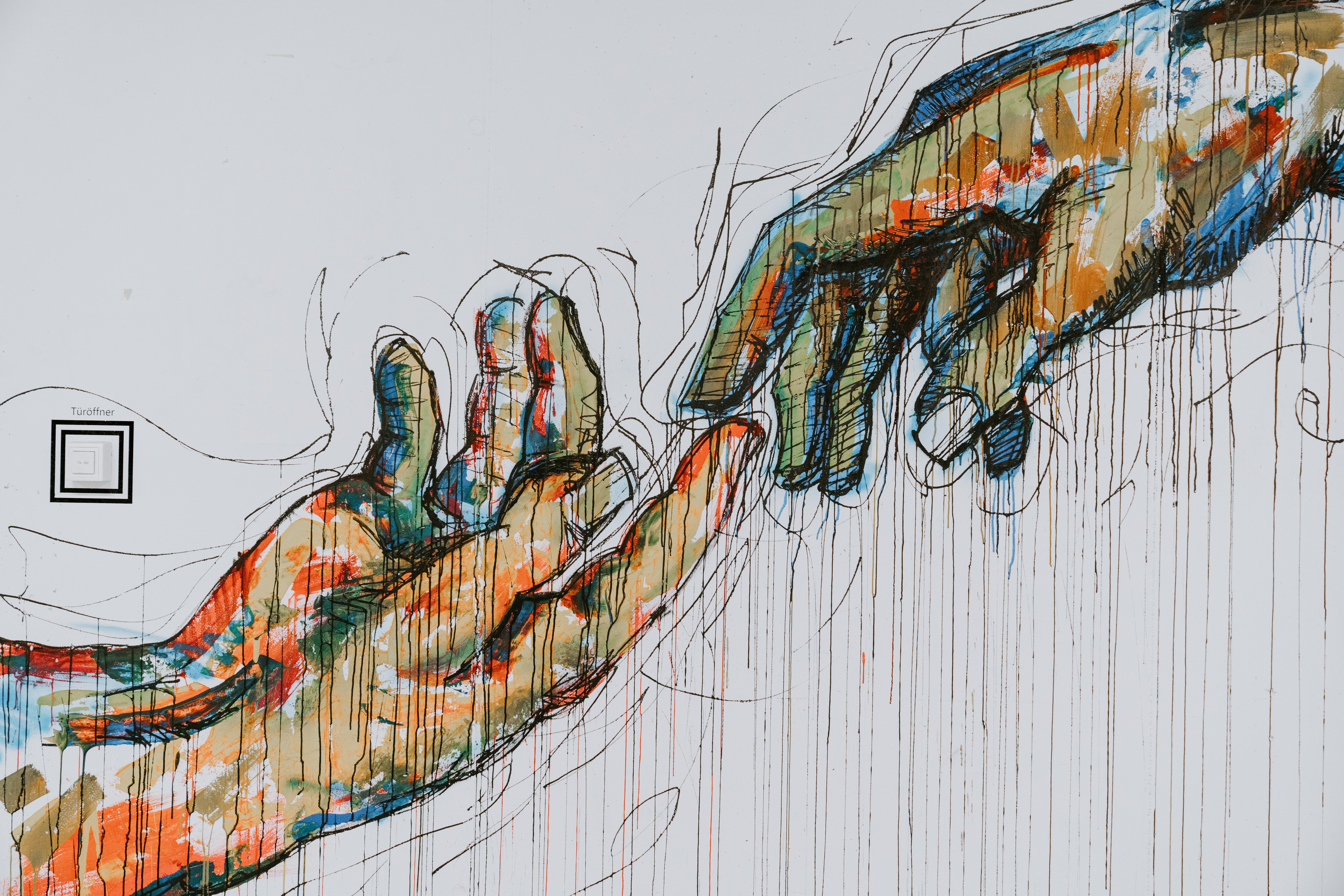20 Years On: Remembrance, Rebuilding, Refusal
September 11, 2001 at 8:40 am: I had just taken a batch of mailers promoting my new book to my local post office. Walking back to my apartment in downtown Manhattan, I knew something was wrong. I lived 17 blocks from the Twin Towers. Soon after, I watched the second hijacked-plane-turned-suicide bomber hit the South Tower. Those feelings, those sights, sounds and smells, those in-the-moment reactions are etched in my memory. I can't forget, even if I wanted to. My mailers would never reach their destinations. The next day I brought a lasagna to my local fire station. When I arrived, I was greeted by a couple of firemen who had come down to watch over the station. My entire local FDNY company had perished. On September 14, 2001 I penned this short reflection. I shared it with the leaders of the schools EduChange was working with, and posted it on our website. Today I share it again, 20 years on. (This photo by Fred Moon was taken one block from me, in a space that quickly became a pop-up photo sharing gallery for our community. There we shared photos, lit candles, and wept.)












